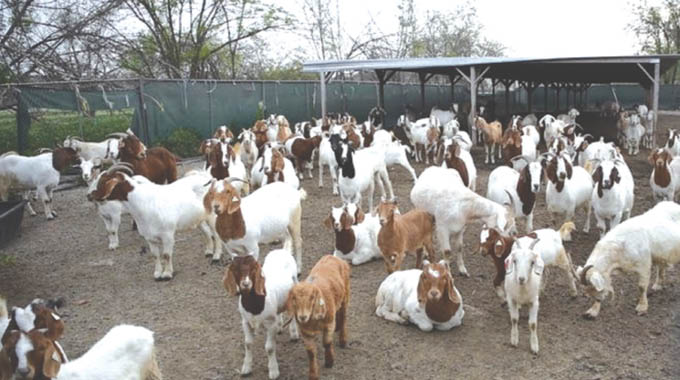
The Sunday News

Mhlupheki Dube
THERE are two main pillars of animal production that interplay to influence your herd productivity. These are herd health management and animal nutrition management.
While these are critical aspects with a strong bearing on the performance of one’s farm or beef production enterprise, the reality of the matter is that not many smallholder livestock farmers make a deliberate management decision to deal with these two critical pillars of a beef production enterprise.
If anything, the approach adopted by most farmers is ad hoc and firefighting with no clearly laid down strategy for the enterprise.
This week we want to look at developing a herd health management plan for your beef production enterprise.
Animal health planning is a continuous process that looks at developing systems that ensure herd growth and improved disease control measures. The animal health plan should be the guiding document that spells out what needs to be done and when, to ensure that the farm keeps a healthy herd and guarantee growth.
At minimum, the health management plan should cover the following aspects; biosecurity measures of the enterprise or farm; vaccinations; parasite control; routine management procedures; record keeping and monitoring.
Biosecurity measures are particularly difficult for smallholder livestock farmers because these are predominantly found in communal set-ups which means their animals are mingling in grazing lands and any incidence of an infection quickly spreads across herds.
Nonetheless biosecurity measures refer to preventative measures that are put in place to curtail the spread of diseases from one farm or herd to another. These includes completely fencing off your farm to prevent entrance of external animals; quarantining of any new stock that is bought into the farm and related disease control measures such as disinfection of vehicles and equipment entering into the farm.
However, even though biosecurity practices may be impractical to implement in a communal set up, it is important to grasp the principle as it relates to prevention of migration of infection into your enterprise.
I have seen farmers losing almost all their chickens simply because they brought in a new hen or cock from some neighbouring village and just threw it into the fowl run with the rest of birds.
Another important aspect of animal health management plan, is vaccinations schedule. Firstly, it is important to understand diseases which are endemic in your area such that you can vaccinate against them. This is also another management practice which not many smallholder livestock farmers care to implement.
It is very common to find farmers losing animals to diseases which they can easily vaccinate against such as blackleg and botulism.
A plan would help guide what diseases to vaccinate against and at which times of the year. Parasite control is also one component of the animal health management plan that is vital.
This looks at what measures should be taken to prevent both internal and external parasite infestation on your animals.
Dipping is erratic because most smallholder farmers wait for the Government to provide accaricides. Dosing is also done when the animal is visibly ill from an infestation of internal parasites.
Therefore, proper management principles which ought to be clearly prescribed in the animal health management plan have to be followed to the letter. With a clear plan stipulating when you should dose your animals and how often you should dip them, at which times of the year, your herd health should improve significantly and so does the productivity of the enterprise.
There are also routine management exercises which may not fall strictly in the animal health sphere but contribute to the well-being of the animal.
This refers to such management practices such as dehorning and castration. It is important to stipulate on the animal health plan when such practices will be carried out.
These are preferably done during winter so that the wounds that are created by the action are less likely to become septic because of low fly activities during winter.
Animal records are also an important aspect of the health management plan because they give background on each animal, especially as it relates to its general health performance. Records will indicate if the animal is a general sickling, whether it has a particular condition that needs particular attention.
A good example is a cow which has a tendency for uterine prolapse, the records will capture that and required assistance will be on standby every time its calving down. It is therefore of paramount importance for livestock farmers to have a herd health management plan to guide animal health management of the enterprise.
Uyabonga umntakaMaKhumalo.
Feedback [email protected] /cell 0772851275.



